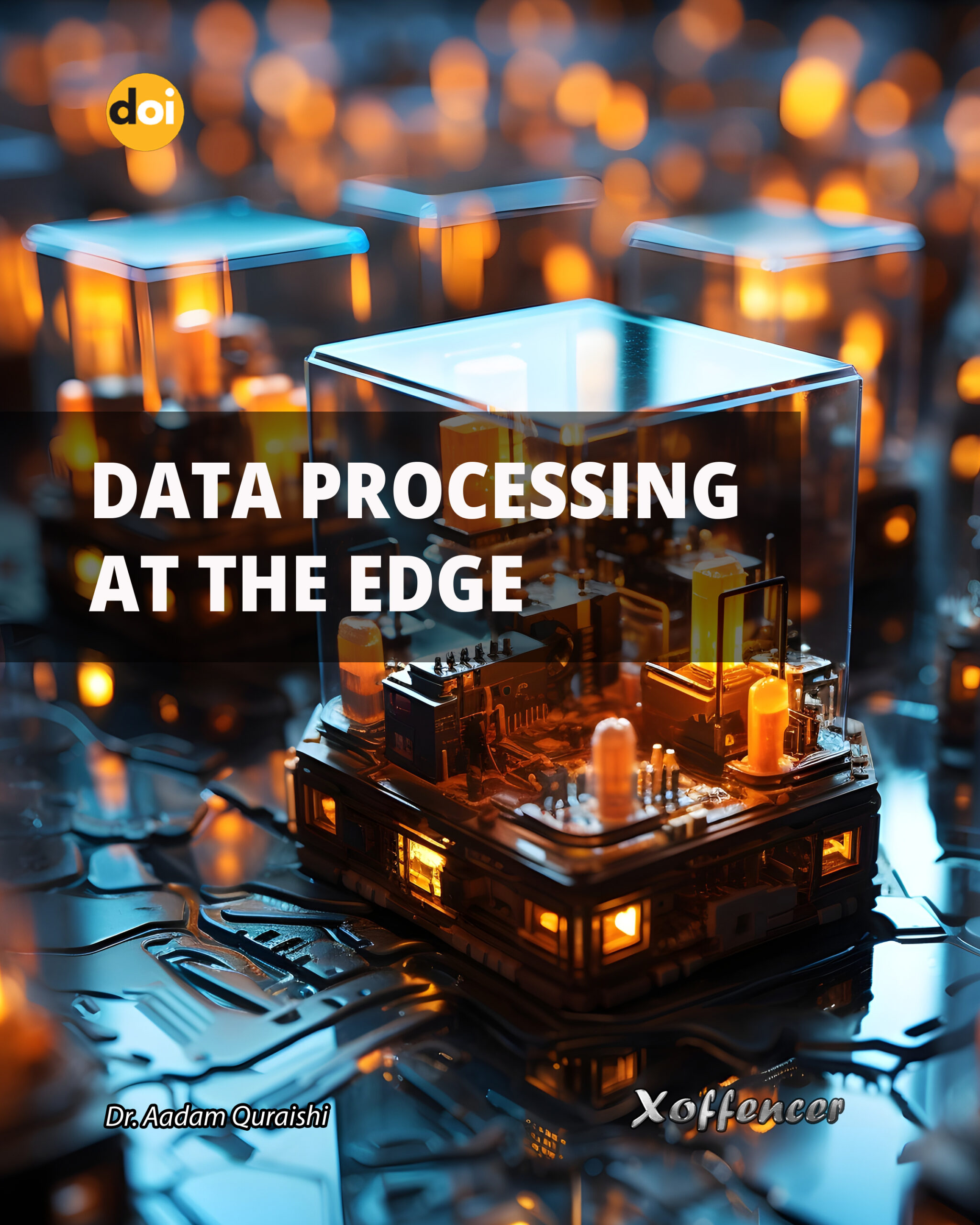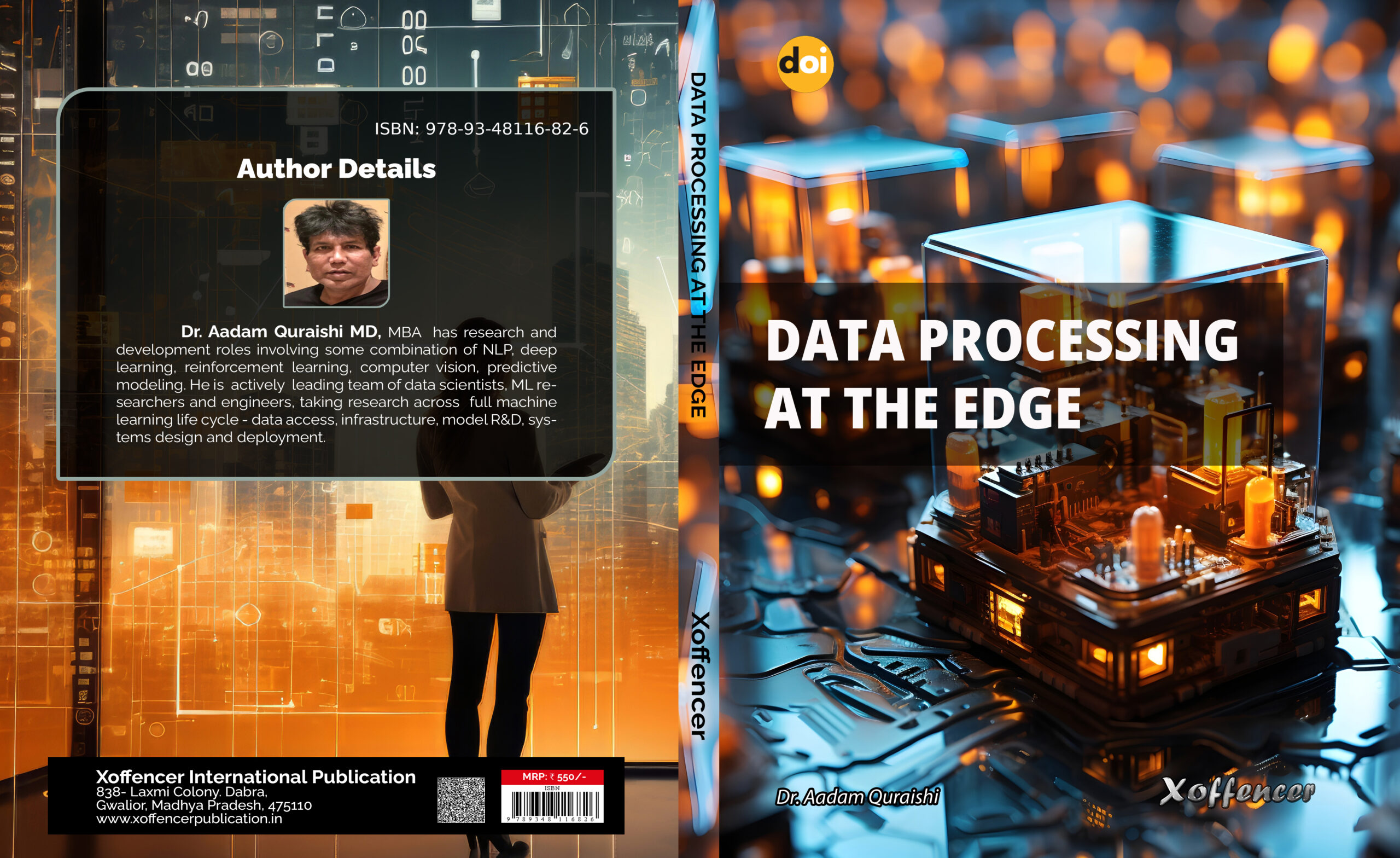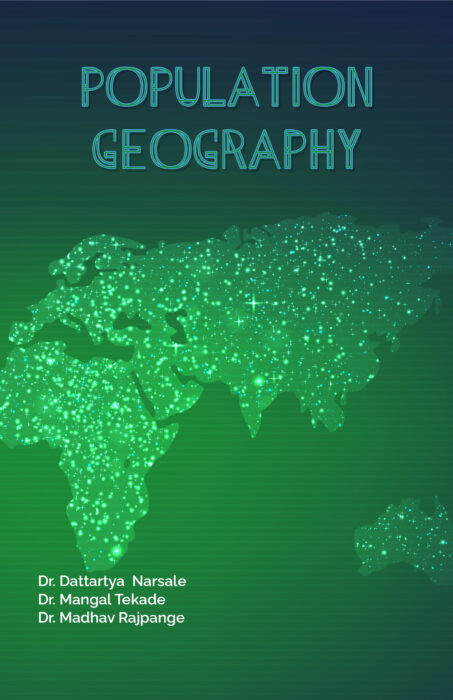Description
Data processing at the edge refers to the practice of handling data closer to the source of its generation, rather than sending it to centralized cloud servers or data centers for processing. This approach is a response to the exponential growth of data generated by devices connected to the Internet of Things (IoT), industrial sensors, and mobile applications, which demand real-time responses and decision-making. By bringing computation and data analysis closer to the edge of the network, organizations can significantly reduce latency, minimize bandwidth usage, and enhance operational efficiency. This shift is particularly critical in industries such as manufacturing, healthcare, and autonomous vehicles, where the time taken to transfer data to a central cloud and back can mean the difference between success and failure. One of the primary advantages of edge computing is its ability to enable real-time data processing and analytics. Since the data is processed locally, devices can react instantly to changing conditions, making it essential in scenarios where split-second decisions are necessary. For instance, autonomous vehicles rely heavily on edge computing to process the vast amount of sensory data in real-time, ensuring that the vehicle can make immediate adjustments to its environment. Similarly, in industrial settings, edge devices monitor and analyze data from machinery and production lines, allowing for predictive maintenance and real-time optimization without the need for constant cloud connectivity. Moreover, data processing at the edge enhances privacy and security by keeping sensitive data within the local environment. In sectors like healthcare and finance, where data confidentiality is paramount, edge computing allows for compliance with stringent data protection regulations, as less data needs to be transmitted to and stored in centralized cloud servers. Additionally, with edge devices acting as a buffer, organizations are better equipped to handle large-scale cyberattacks or network failures, as localized processing can continue independently of the broader network infrastructure. Despite these advantages, there are challenges associated with edge data processing. Edge devices often have limited computational resources compared to cloud data centers, requiring more efficient and specialized algorithms to perform advanced analytics. Additionally, managing and updating a vast number of distributed edge devices can be complex, necessitating robust systems for monitoring, maintenance, and orchestration. Furthermore, data consistency across x distributed nodes and ensuring seamless integration with centralized systems remain critical concerns in edge computing architectures.










Reviews
There are no reviews yet.